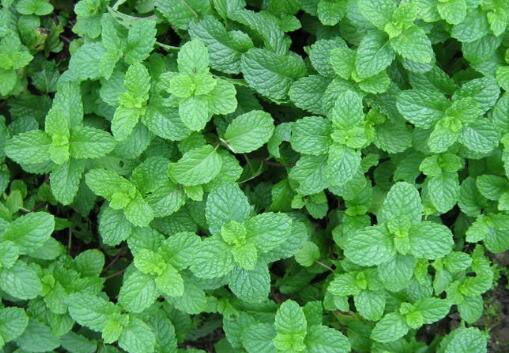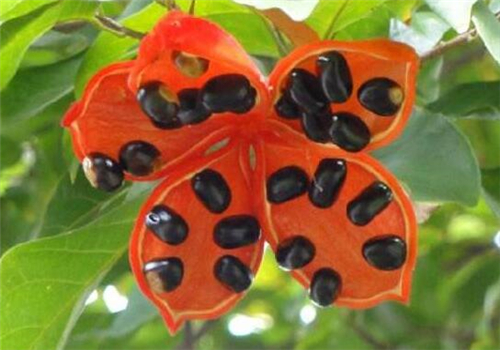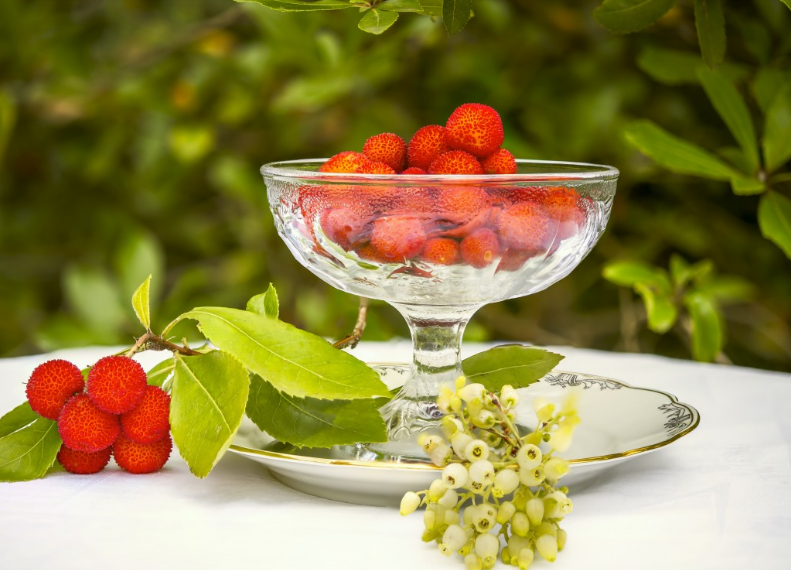How to grow mint with high yield? Master the Seven Elements! Detailed explanation of mint planting technology
As we all know, peppermint is cool and can be used to treat symptoms such as sore throat. Peppermint planting technology is also very simple, and the market prospect is also relatively large. Peppermint has a strong ability to adapt to environmental conditions, how to grow peppermint with high yield? Its planting technology mainly has the following aspects.

I. Variety selection
Generally speaking, there are two most common varieties of peppermint, namely green stem and purple stem purple vein.
Second, the selection of cultivation sites
Peppermint is a long-day plant and likes sunlight. The most suitable temperature for growth is 25-30 ℃. It can be cultivated in general soil, and sandy loam and alluvial soil are better. The suitable pH value of soil is 6.0-7.5. Choose scattered land with sufficient irrigation and drainage conditions, such as ponds, houses and canals, with fertile soil and flat terrain; sandy soil, land with insufficient light and drought and easy to accumulate water is not suitable for planting. Land that has been planted with mint can not be replanted until it has been fallow for about 3 years.
III. Soil preparation and fertilization
Peppermint is a crop growing for many years, so the land must be leveled when planting a large area, so as to facilitate irrigation in dry season and drainage in rainy season. Deep ploughing in early spring, ploughing depth of not less than 25 cm, application of potassium sulfate compound fertilizer (15-15-15) 50 kg / mu, 12% calcium superphosphate 100 kg / mu before ploughing, 4000-5000 kg of farm manure fully ripened and dried for more than 7 days, lignin fungus fertilizer 150-200 kg (where possible, farm manure and lignin fertilizer are evenly mixed and fermented for 30 days without direct light) All the above fertilizers are applied in the way of sprinkling. Spray 45-50 kg, or 38% rare earth nitrate spray 50 kg of water. In the early stage of melon expansion, 75 ml of rare earth animal and plant treasure can be used per mu, and 60 kg of water is sprayed.
IV. Seed and seedling selection
Peppermint seedlings generally have three propagation methods: rhizome, split plant and cutting. they are planted in a large area and mostly adopt the method of cutting propagation. Cutting propagation in Shandong area is generally from May to June, and the seedling bed is located in sandy soil with convenient transportation and convenient drainage and irrigation. ternary compound fertilizer (15-15-15) 30kg / mu and lignin fertilizer 100kg per mu are used as base fertilizer. After ploughing and raking, the border is 1.2 meters wide, the ridge width is not less than 8 cm, and the ridge height is 12 cm. The sturdy and pest-free aboveground stems and branches were cut into cuttings with a length of 10 cm, and the cutting seedlings were raised according to the row spacing of 7 cm × 3 cm to keep the soil moist. In late June, when the mint seedlings were 10-15 cm high, the wild and mixed peppermint plants were pulled out, and the seedlings were thinned and replenished according to the plant spacing of 10-15 cm.
V. Field management
1. After the seedlings were transplanted in the first ten days of April, the height of the seedlings was 10 cm, and the plant spacing was about 15 cm, that is, 20, 000 ~ 30, 000 seedlings per mu.
two。 Apply for ploughing and weeding from March to April, ploughing in time, once every 10 days, 2 or 3 times in a row. As the peppermint root system is concentrated in the soil layer of 15 cm, the underground rhizome is concentrated in the soil layer of 10 cm, so the ploughing should be shallow and avoid deep, so as to prevent the root from breaking.
3. In May, when the plant is growing vigorously, the terminal bud should be removed in time to promote the growth of lateral branches, stems and leaves.
4. Fertilizer and water management is generally in February when the seedlings, per mu of manure water 1000 Mu 1500kg. When the seedling height is 20cm to 25cm, urea 20MU 30kg per mu is applied, trench is deep applied between rows, and then soil is covered. After the first harvest of peppermint, when the second stubble seedling was 10 cm high, 1000 1400 kg of rare human feces and urine and 50 kg of diammonium phosphate were applied per mu. After the second harvest, it should be covered with high-quality organic fertilizer to lay the foundation for early growth and rapid growth in the next year. During the period of plant growth, the surface should be kept moist, irrigated in time during drought, and waterlogged in time in case of heavy rain in summer and autumn.
VI. Prevention and control of diseases and insect pests
The main diseases and insect pests are spot blight, rust and Spodoptera litura. Spot blight often occurs from May to October, which is mainly harmful to leaves. To remove the diseased plant and burn it in time, you can spray it with 70% mancozeb or 75% chlorothalonil 500 times or 800 times with 40% carbendazim glue suspension. Rust is mainly harmful to leaves and stems, which is easy to occur when it is rainy or too dry from May to June. When the disease was serious, the leaves withered and fell off, and even the whole plant withered and died. at the initial stage of the disease, the disease was prevented and treated with 20% triadimefon EC 1000-1500 times or 300 times of sodium rust, and the drug was stopped 20 days before harvest. When Spodoptera litura occurs, it can be sprayed with 1000 times of trichlorfon or 1500 times of permethrin.
7. Timely harvest
Generally, once planted can be harvested continuously for 2 ~ 3 years. When the height of the main stem is .20 cm, the tender stems and leaves can be harvested for food, harvested 'once every 15-20 days. For medicinal use, around noon on a sunny day, cut the plant to the ground with a sickle, spread it in the sun for 2 days, pay attention to turning it, tie it into a small handful when drying to 70 to 80 thousand, and then dry it to the whole dry, then it can be sold as a medicinal material. It can be planted all the year round in the south and protected facilities in winter in the north, which can also achieve annual supply.
Time: 2019-03-15 Click:
- Prev

How do evergreen trees grow? How many months do you usually mature? There are these four differences between a fake apple woman and a fake apple woman! (with planting technology)
Apple woman belongs to the evergreen tree all the year round, also known as Phoenix eye fruit. It is planted in the courtyard in Guangdong, China, but it is not much, and it is also sporadic. So how does the apple lady grow it? How many months do you usually mature? There are four main differences between a fake apple woman and a fake apple woman. First, how does the apple lady grow it? Planting techniques are as follows: planting
- Next

How does the "cash cow" red bayberry be grafted? When is the best month for grafting? How to improve the survival rate?
Bayberry is strong, has a long economic life, and its production cost is obviously lower than that of other fruits, so it is known as a green enterprise and a cash cow. Bayberry grafting is one of the tasks often done during the planting of bayberry, which has a great impact on increasing the yield of bayberry. that
Related
- Fuxing push coffee new agricultural production and marketing class: lack of small-scale processing plants
- Jujube rice field leisure farm deep ploughing Yilan for five years to create a space for organic food and play
- Nongyu Farm-A trial of organic papaya for brave women with advanced technology
- Four points for attention in the prevention and control of diseases and insect pests of edible fungi
- How to add nutrient solution to Edible Fungi
- Is there any good way to control edible fungus mites?
- Open Inoculation Technology of Edible Fungi
- Is there any clever way to use fertilizer for edible fungus in winter?
- What agents are used to kill the pathogens of edible fungi in the mushroom shed?
- Rapid drying of Edible Fungi

